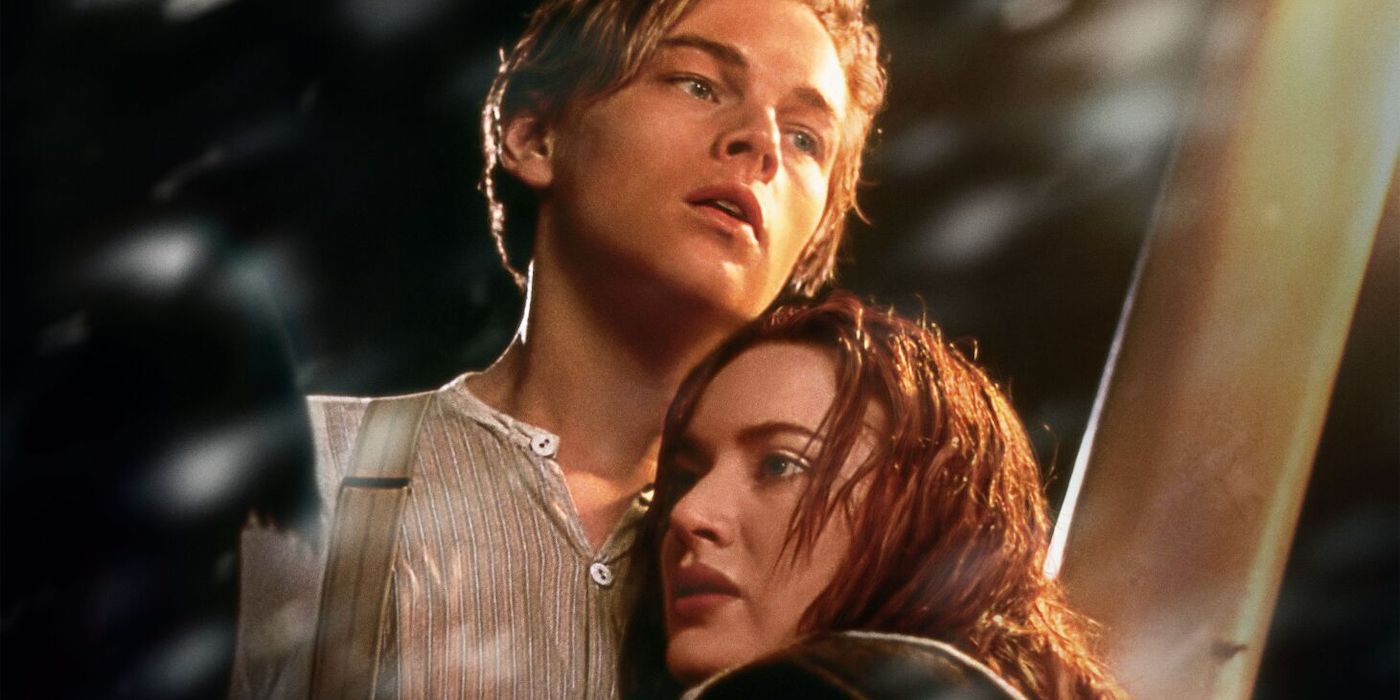When examining the greatest directors of all-time, quality is much more important than quantity.
Some of the most acclaimed filmmakers have a relatively small output of films. While there’s no questioning that Alfred Hitchcock has made innumerable classics, it’s almost just as impressive that he maintained such a consistent level of quality while making so many films. Despite directing over 50 films, including several underrated gems, Hitchcock didn’t get to realize all of his ambitions within his lifetime. Long before James Cameron made his 1997 Best Picture winning epic, Hitchcock planned to make an epic romantic disaster movie about the sinking of the Titanic.
What Happened to Hitchcock’s Titanic Movie?
Although he would eventually become one of the most broadly successful filmmakers in the history of American cinema, Hitchcock began his career exclusively making films in England. While early projects like the violent thriller Sabotage aren’t always ranked among his finest efforts, they succeeded in allowing Hitchcock to test his abilities as a storyteller and experiment with emerging technology. Frequently pushing his resources to their limits, Hitchcock sought a move to the United States in order to be given more substantial budgets for his more ambitious projects. His talents courted the attention of MGM producer David O. Selznick, who was convinced that Hitchcock’s ingenious thrillers would appeal to a more broad American audience.
During Hitchcock’s transition, O. Selznick was at the height of his powers, as his 1939 romantic epic Gone With the Wind had just won the Academy Award for Best Picture and become the highest grossing film of all-time, unseating a role The Birth of a Nation held for decades. Given Gone With the Wind’s success, it was understandable why O. Selznick was interested in crafting a tragic historical epic based on recent events. Enough years had passed since the Titanic’s actual sinking that O. Selznick theorized it could be utilized as the basis of a disaster film. Harboring ambitions to crash a real ocean liner in order to ensure the film’s realism, O. Selznick hired Hitchcock to direct the Titanic feature.
As with all of his features, Hitchcock had an ambitious cast laid out for his Titanic movie. Paulette Goddard, who had co-starred in the Charlie Chaplin filmsModern Times and The Great Dictator, was signed on to play the romantic lead. It was later reported that both Michael Foster and Winston Miller had agreed to co-star in the film, with a script by the English playwright J. B. Priestley, who Hitchcock had previously worked with on the 1939 thriller Jamaica Inn. Given the anticipation surrounding Hitchcock’s first American production and O. Selznick’s significant influence as a producer, Titanic was expected to be one of the most ambitious Hollywood productions of its era.
Why Was Hitchcock’s Titanic Movie Cancelled?
Despite Hitchock’s enthusiasm for the material, the Titanic film was beset with legal issues from the very beginning. Although Hitchcock had wanted to use “a full-sized trawler in a huge tank for some sea scenes,” making a film about such a recent shipping disaster provoked backlash on the part of the Cunard-White Star Line, a British shipping company that was concerned about the film’s depiction of an oceanic disaster. Although O. Zelznick stood by Hitchcock when Cunard-White Star Line lodged a formal complaint to the State Department in Washington, Hitchcock grew concerned about adding suspense to a story in which the audience already knew how it would end. Given how widely circulated stories about the Titanic had been, Hitchcock would have to work harder to get audiences interested in a fictional imagining.
As Hitchcock steadily grew disenchanted with the notion of a historically based disaster movie, O. Selznick ended up greenlighting a completely different Titanic film.He had envisioned a film that more closely resembled the storyline of Daphne Du Maurier’s novel, which Hitchcock had essentially ignored when crafting his adaptation. With interest fading fast, Hitchcock and O. Selznick instead decided to focus their efforts on an adaptation of Du Marier’s other famous novel, Rebecca. Rebecca officially became Hitchcock’s first American production, and won the Academy Award for Best Picture.
Despite his personal misgivings about the film’s style, the success of Rebecca had proved Hitchcock’s merits to MGM, earning him a substantial place within the studio within the subsequent decades. Although he never returned to the Titanic story, Hitchcock eventually made a very different aquatic adventure thriller. His 1944 survival film Lifeboat follows a group of British and American civilians trapped on a small raft after their ship was attacked by a German U-Boat. While not directly based on a true story like Titanic was, Lifeboat was inspired by the ongoing conflicts of World War II. Though not as grandiose as a Titanic film would have been, Lifeboat successfully merged disaster elements with a strong commentary on human morality.
James Cameron’s Movie Is the Most Famous Titanic Story

Although Hitchcock’s film failed to materialize, Hollywood has always been fascinated with the story of the Titanic. The 1993 Best Picture winnerCavalcade included depictions of several key events in British history, including the sinking of the Titanic. The 1953 film Titanic starring Barbara Stanwyck and Clifton Webb was also successful, earning an Academy Award for Best Original Screenplay, as was the 1953 British docudrama A Night to Remember. 1964’s The Unsinkable Molly Brown, based on the accounts of one of the Titanic’s survivors, became a phenomenon that turned Debbie Reynolds into a household name.
Ultimately, all films about the Titanic paled in comparison to Cameron’s 1997 masterpiece, which became the highest grossing film of all-time and tied the record for most Oscar wins. Although much of the film’s success can be credited to its groundbreaking visual effects, Cameron’s Titanic achieved what Hitchcock had failed to realize. Even though the audience went into the film understanding that the ship would sink, their investment in the love story between Jack (Leonardo DiCaprio) and Rose (Kate Winslet) succeeded in adding suspense.


